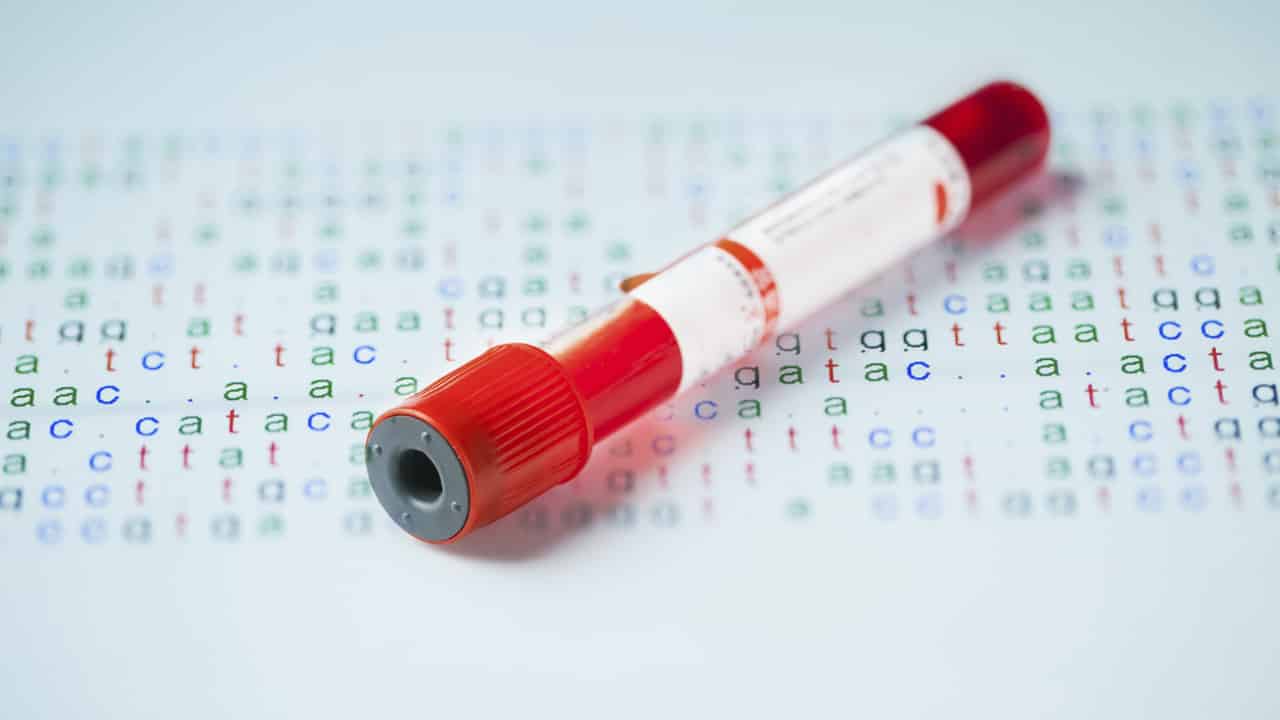The double helical DNA’s mysterious three dimensional structure has since times immemorial eluded scientists. Every single cell somehow packs DNA that is two meters long into its nucleus, a tiny space only one-thousandth of a millimeter across. The answer to this daunting biological riddle is extremely essential for the understanding of how DNA influences our biology, from how our genome orchestrates our cellular activity to how genes are passed from parents to children.
Scientists at the Salk Institute and the University of California, San Diego, have now for the first time provided an unprecedented view of the 3D structure of human chromatin—the combination of DNA and proteins—in the nucleus of living human cells through a novel combined technology. Salk Associate Professor Clodagh O’Shea’s team called the technique, which combines their chromatin dye with electron-microscope tomography, ChromEMT.
“We show that chromatin is a disordered 5- to 24-nanometer-diameter curvilinear chain that is packed together at different 3D concentration distributions in interphase and mitosis,” write the investigators. “Chromatin chains have many different particle arrangements and bend at various lengths to achieve structural compaction and high packing densities.”
“The primary functions of chromatin are fundamental,” said study co-lead Mark Ellisman, Ph.D., distinguished professor of neurosciences and bioengineering and director
of the National Center for Microscopy and Imaging Research (NCMIR) at UC San Diego. “It efficiently packages DNA to fit inside the cell nucleus, making it possible for chromosomes and cells to divide and replicate safely and correctly. It’s a basic, working element of life.”ChromEMT involves painting the chromatin with a unique metal cast DNA dye that allows highly detailed visualization when paired with advanced electron microscopy (EM). The researchers were able to see the chromatin structure in both resting and mitotic cells, and the captured EM image data provides a visualization that makes it easy to see where the chromatin’s contour lines vary.
“In contrast to ordered and rigid fibers, chromatin is a flexible chain that can collapse and pack together into 3D domains that have a wide range of different concentration densities,” pointed out Dr. O’Shea.
“This provides exciting new insights into how different gene sequences, interactions, and epigenetic modifications can be integrated at the level of chromatin structure to regulate gene expression and inherited and maintained through cell division.”
“The textbook model is a cartoon illustration for a reason,” first author and Salk research associate Horng Ou said. “Chromatin that has been extracted from the nucleus and subjected to processing in vitro — in test tubes — may not look like chromatin in an intact cell, so it is tremendously important to be able to see it in vivo.”
“We show that chromatin does not need to form discrete higher-order structures to fit in the nucleus,” adds O’Shea. “It’s the packing density that could change and limit the accessibility of chromatin, providing a local and global structural basis through which different combinations of DNA sequences, nucleosome variations and modifications could be integrated in the nucleus to exquisitely fine-tune the functional activity and accessibility of our genomes.”
The team is now developing additional labels that can be combined with ChromEMT to visualize the structural basis of gene silencing and how viral and cancer proteins remodel DNA to drive pathological replication.






























